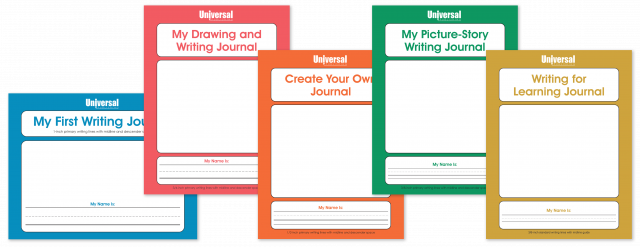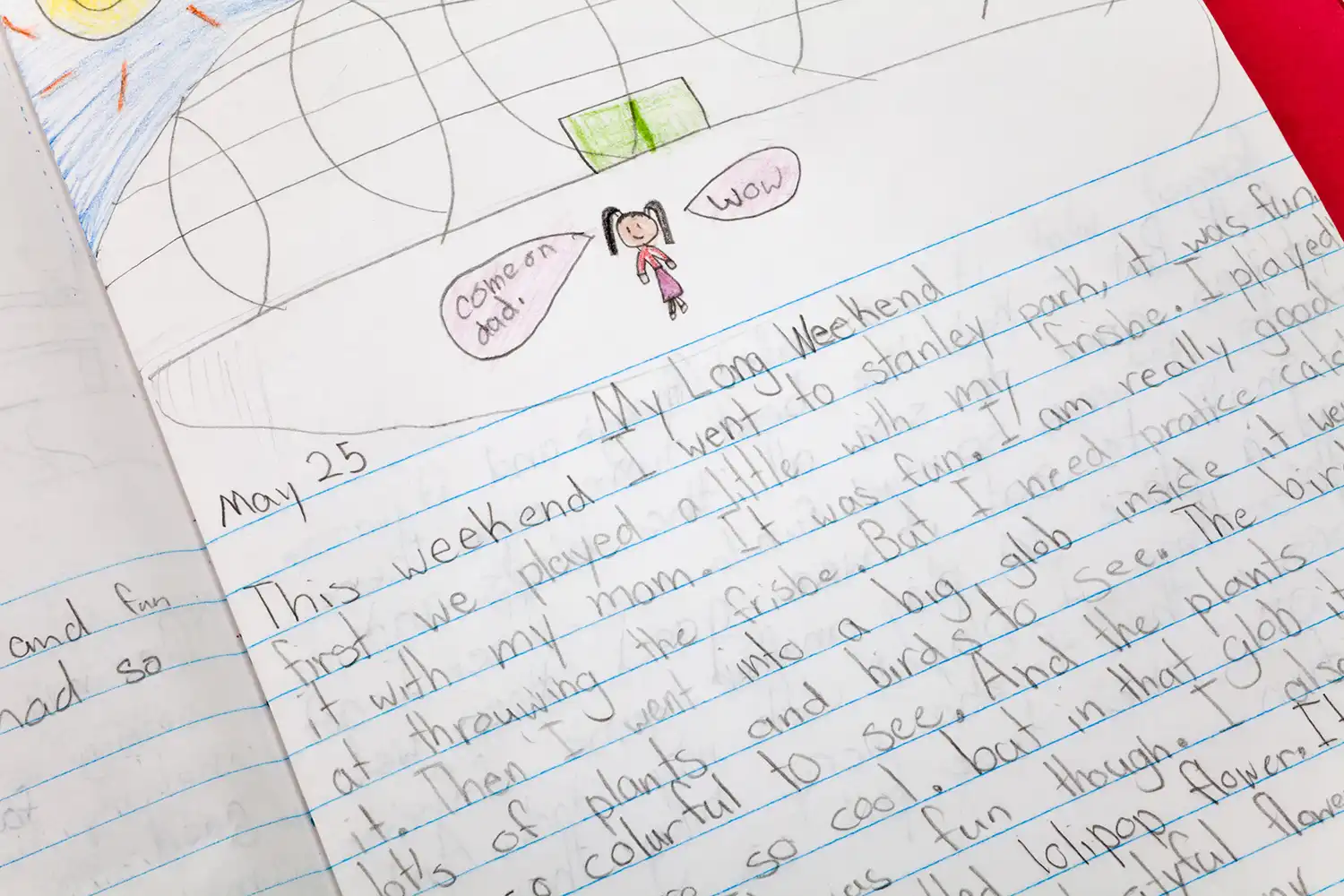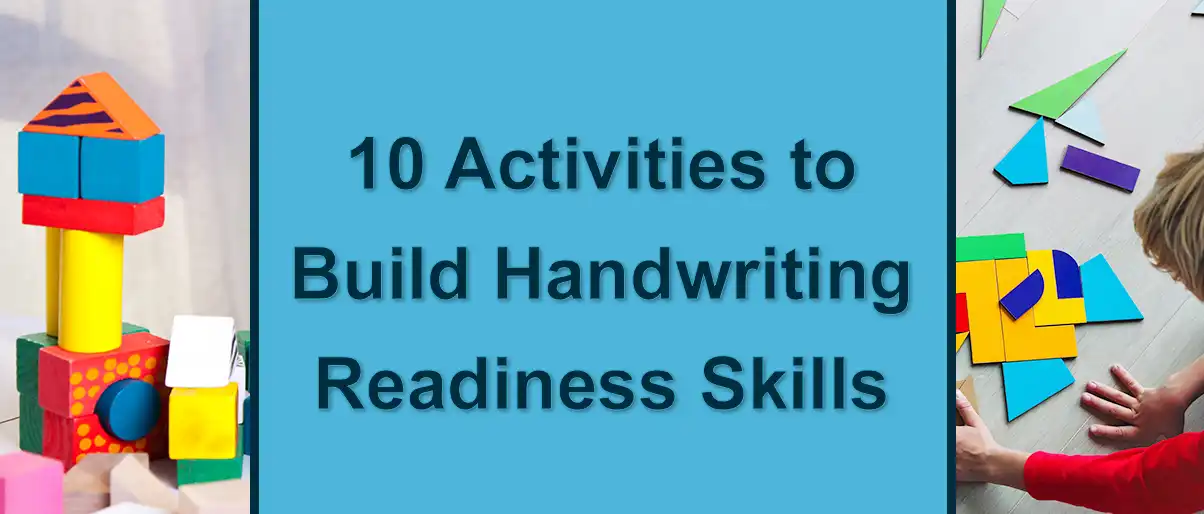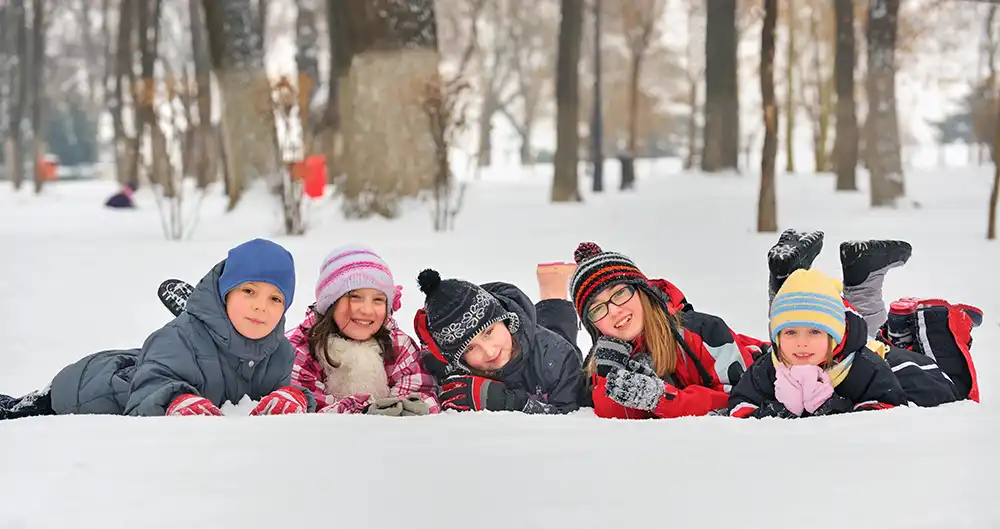
Beat Summer Slide: 10 Ways to Keep Kids Reading & Writing
June is here, and students are rejoicing as they head home for summer break. However, just because school is out doesn’t mean kids can’t keep learning over the summer. In fact, it’s important to encourage learning to prevent summer slide.
Summer slide, or summer learning loss, describes the tendency for students to lose some of the academic gains they made during the school year. Their achievements could be set back months by the time they head back to school in the fall, and these losses can build up from year to year.
Keeping young minds active during the summer months is so important to their overall academic achievement. Try these ideas to help keep kids reading and writing this summer.
10 Ideas to Beat Summer Slide
1. Keep a Journal
Journal writing offers a great opportunity to exercise reading and writing skills over the summer. Kids can document their summer adventures or even write stories and poems. Colorful pens and stickers can make the activity even more fun and give kids a chance to get really creative with their writing.
2. Write Letters
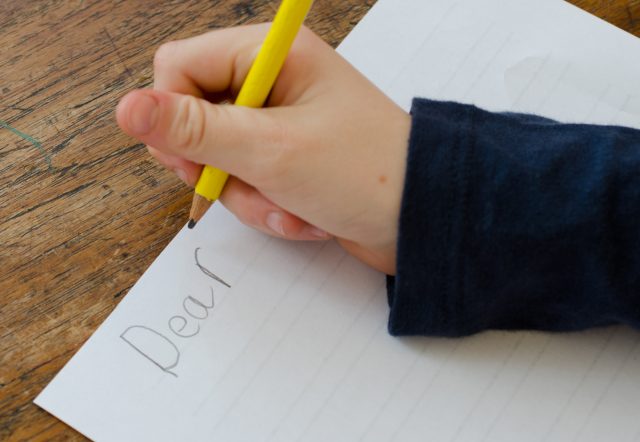
Have kids keep in touch with friends and family the old-fashioned way – writing letters! Writing by hand activates the literacy center of the brain and reinforces reading skills. Since everyone’s handwriting is unique, reading letters from others also helps kids learn to recognize variations in letter forms. Plus, getting something in the mail is so fun for kids!
3. Visit the Library
Local libraries are the perfect remedy to beat summer slide. Visit your library weekly (or more!) and let your kids pick out books to read during the week. Additionally, many libraries offer summer programs to keep kids learning during the summer months. In addition to storytimes, they may have group sessions based on interest, like science groups, playing Scrabble, computer coding, or arts and crafts. Check with your local library to see what summer programs they offer for your child’s age group.
4. Read Together

Reading with your kids is not only great quality time, it helps build those developing reading skills. Read aloud to your kids and have older siblings read to younger ones. Small children can identify letters or words on the page that they recognize. For older kids, you can take turns reading pages. Also, discuss the pictures on the pages – can they match words in the story to what they see in the picture?
When you finish the story, ask questions to get them thinking: What was their favorite part? Was there anything they didn’t like? What did they think of the characters?
5. Cook Together
Helping out in the kitchen is educational in so many ways! It’s a great hands-on activity that reinforces everything from numbers and measuring to following directions. To get kids reading and writing, ask them to help choose recipes. They can flip through cookbooks to find recipes that interest them and then write their favorite recipes on index cards for future use.
6. Write Grocery Lists
Have your kids help make grocery lists. Talk to them about the things you need to buy when you’re at the store. They can sort items into categories like fruits, vegetables, and paper products. Then, when you go to the store, they can read the list and check things off as you add them to your cart.
7. Have Fun with Sidewalk Chalk
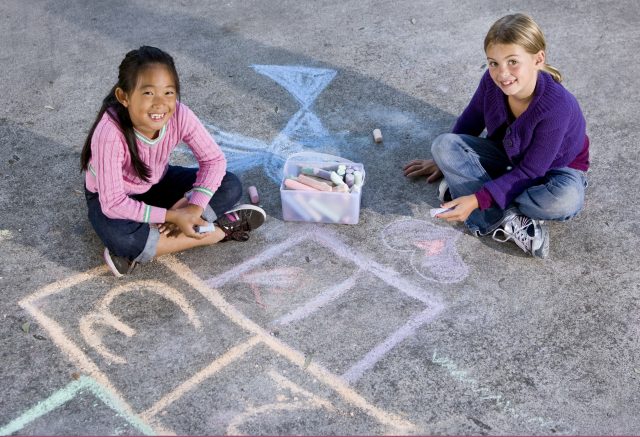
This classic activity offers endless possibilities for reinforcing reading and writing. Kids can:
- Write their names
- Draw and label pictures
- Play tic-tac-toe
- Write stories
- Create a hopscotch grid
- Make a treasure map
The list goes on!
8. Plan Travel Activities
There are lots of ways to keep kids busy when you’re on the road. Have a travel activity pack ready with books, activity books, flashcards, crayons, and notebooks. You can also play games that encourage reading. Younger kids can identify letters and numbers they see on street signs or license plates. Older kids can try to spot license plates from different states or help their parents follow directions.
9. Create a Nature Scavenger Hunt
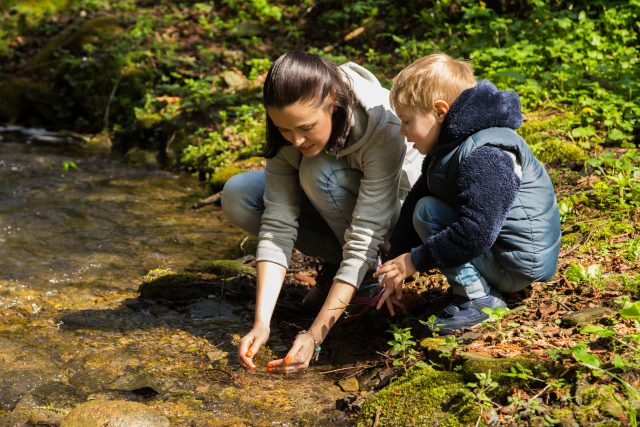
Have kids explore the outdoors with a scavenger hunt. Create a list of things for kids to find outside. Some ideas include:
- Birds and other animals
- Trees
- Flowers
- Leaves
- Animal tracks
- Butterflies
- Fallen trees
- Spider webs
- Nests
- Rocks
- Dirt
- Water
Or, let the kids create their own lists! Give each child a paper or index card. Ask them to write ten things they’d like to find outside – and then go find them!
10. Make Vacation a Learning Experience
If you’re planning a summer vacation, look for educational opportunities in the location your visiting. Many cities have children’s museums or science centers. Even a simple trip to the zoo or aquarium can turn into a great learning experience. Draw kids’ attention to the signs so they can read about the different animals’ characteristics, behaviors, and habitats. Bonus points for kids who take along a notebook to record what they learn!
There are many ways to incorporate learning into everyday activities. Encourage your kids to read, write, and keep on learning this summer!

